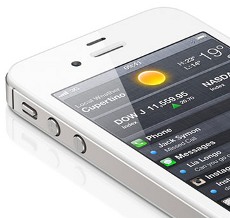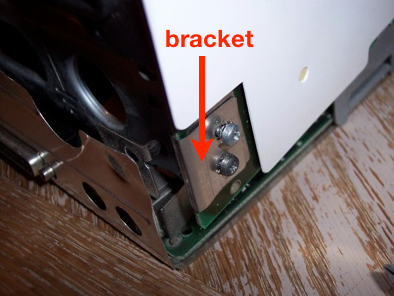

There are some warnings about security on the project site you can check out the steps to enable it on the developer's GitHub page. You can boot your Mac into single-user mode and replace the built-in Mac NTFS tools with NTFS-3G. If you don't want to run these commands each time, there's a fix. Then: sudo /usr/local/bin/ntfs-3g /dev/disk1s1 /Volumes/NTFS -o local -o allow_other -o auto_xattr -o auto_cache Replace /dev/disk1s1 with the drive address that you found above: sudo mkdir /Volumes/NTFS You need to run the following commands each time that you want to mount a drive with write permissions. You can get this in the Terminal using the command: diskutil list You need to run a few extra commands to get it working.įirst, find the address of your mounted read-only drive. NTFS-3G enables your Mac to write to NTFS drives, but it is not automatic.
#Paragon for mac m1 how to
How to Write to an NTFS Drive With NTFS-3G Once you've done that, try re-running the NTFS-3G command. You'll then be prompted to reboot your Mac.
#Paragon for mac m1 install
If that happens, run this command as well: brew install -cask macfuse

Sometimes Terminal doesn't recognize that you have already installed the macFUSE package. That is another single command: brew install ntfs-3g Once you run the commands to install Homebrew, and you get a confirmation in Terminal, you need to install the NTFS-3G package. You'll need a couple of extra tools to complete the job, available in a Mac Homebrew package called NTFS-3G.įirst, install Homebrew by pasting this line into the Terminal: /bin/bash -c " $(curl -fsSL )" The program is a handler it doesn't contain anything to mount and read the files themselves. One of the most popular solutions is an open-source product: macFUSE for macOS.ĭownload macFUSE to get started.
#Paragon for mac m1 windows
If you're in IT and deal with Windows drives regularly, you may need a better option. You'll see your drive listed here, and you can now copy files onto it.Įven if you're comfortable using Terminal, no one wants to edit a preference file every time they deal with a new drive. You can only get there in Finder click Go in the menu bar and select Go to Folder. Once it has remounted, it will be available in /Volumes. Hit Ctrl + O to save the file, then Ctrl + X to quit Nano. Then copy this line into the file, replacing DRIVENAME with the actual name of the drive you want to access: LABEL=DRIVENAME none ntfs rw,auto,nobrowse You need to follow these instructions for each drive you want to write to. But while macOS can read NTFS drives by default, its write capability hides behind a Terminal hack. Sometimes you may need to write some files to a locked drive only once, and you can do this with built-in Mac tools. We recommend you do not rely on this method for writing to important volumes or as a long-term solution. There is a very real chance that something could go wrong, resulting in a loss of data on the target drive. And I don't think it rebooted three times.The following steps describe a method of enabling the experimental NTFS support in macOS. Their installer made everything very clear. Yesterday I installed Rogue Amoeba's Audio Hijack app that also comes with a kernel component. Maybe this is normal behaviour, but then at least warn the user about it. Also I got some Paragon-related warning message that I unfortunately forgot to screenshot. Then after logging in to my Mac I had to again allow some NTFS for Mac component in the Security & Privacy settings screen. My Macbook then restarted three(!) times, the third time it went into MacOS Recovery where I had to select my drive and enter my password, and then it again rebooted. After installing NTFS for Mac I had to allow the NTFS for Mac kernel extension in the Settings app. The install wizard however didn't really warn me about what I had to do. Admittedly some of it is due to Big Sur's stringent security measures. However, I found the install experience to be pretty horrible.

Paragon claims its NTFS for Mac is fully compatible by the new M1 Macbook.


 0 kommentar(er)
0 kommentar(er)
